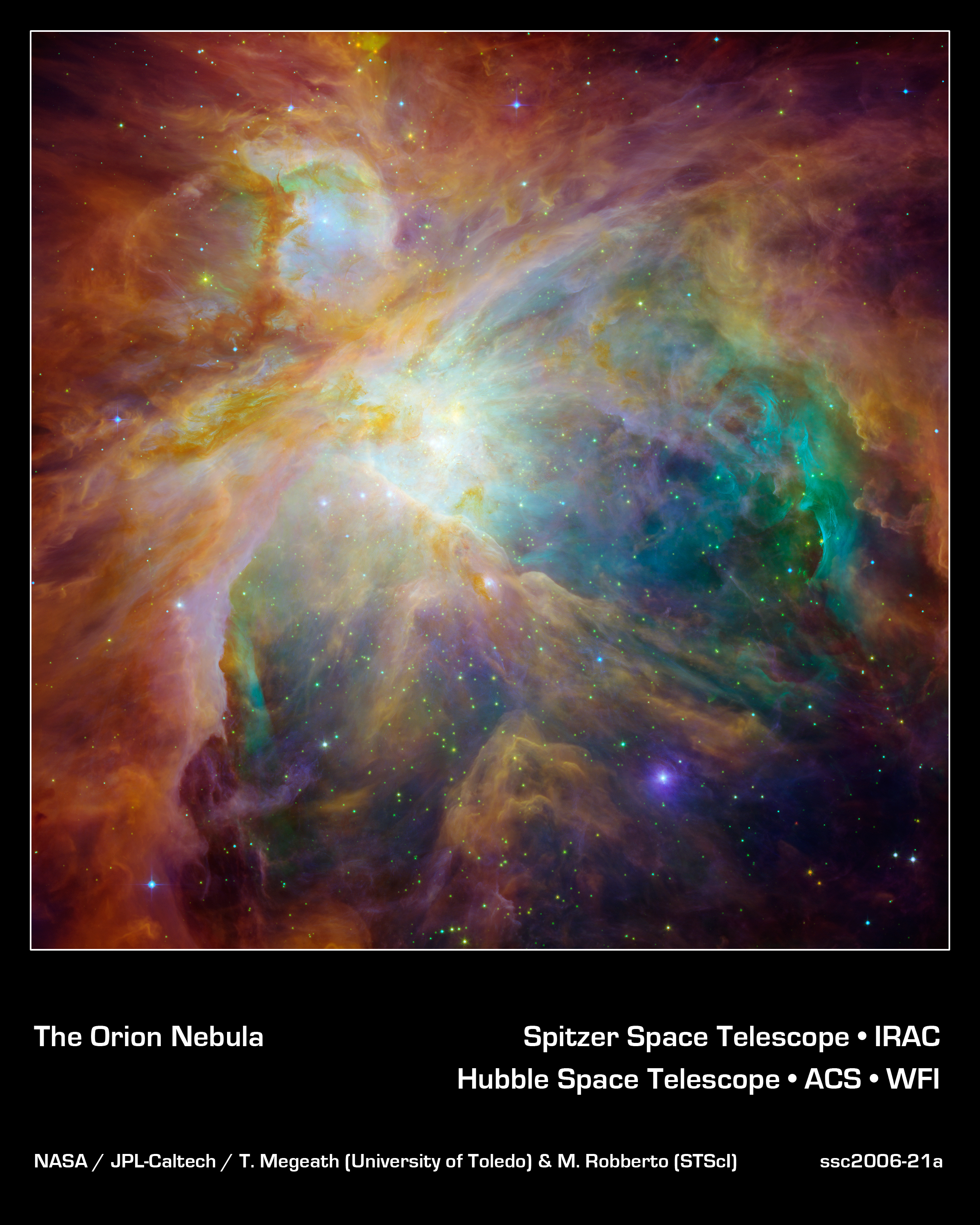Please login in order to download photos in full size
If you are not registered, please register for free: www.Free-Photos.biz/register
Please note to download premium images you also need to join as a free member..
You can also save the photos without the registration - but only in small and average sizes, and some of them will have the site's watermark. Please simply click your right mouse button and save the image.
Please login in order to like photos
If you are not registered, please register for free:
Sorry, non-members can download up to 1100 full-size photos per month.
It looks like you have used up your limit.
Free members can download an unlimited number of full-size photos - including the premium free photos.
Join as a member today for FREE! - and download the images without limitations:
www.Free-Photos.biz/membership.php
You can also save the images without the membership - but only in small and average sizes, and some of them may have the site's watermark. Please simply click your right mouse button and save the image.

|
This is a premium free photo
This photo was viewed 3 times and was downloaded in full size 1 times.
This photo was liked 0 times
If you are a member, please login in order to see the source link of the above image.
Summaryedit
| Description |
English: NASA's Spitzer and Hubble Space Telescopes have teamed up to expose the chaos that baby stars are creating 1,500 light-years away in a cosmic cloud called the Orion Nebula.
This striking infrared and visible-light composite indicates that four monstrously massive stars at the center of the cloud may be the main culprits in the familiar Orion constellation. The stars are collectively called the "Trapezium." Their community can be identified as the yellow smudge near the center of the image. Swirls of green in Hubble's ultraviolet and visible-light view reveal hydrogen and sulfur gas that have been heated and ionized by intense ultraviolet radiation from the Trapezium's stars. Meanwhile, Spitzer's infrared view exposes carbon-rich molecules called polycyclic aromatic hydrocarbons in the cloud. These organic molecules have been illuminated by the Trapezium's stars, and are shown in the composite as wisps of red and orange. On Earth, polycyclic aromatic hydrocarbons are found on burnt toast and in automobile exhaust. Together, the telescopes expose the stars in Orion as a rainbow of dots sprinkled throughout the image. Orange-yellow dots revealed by Spitzer are actually infant stars deeply embedded in a cocoon of dust and gas. Hubble showed less embedded stars as specks of green, and foreground stars as blue spots. Stellar winds from clusters of newborn stars scattered throughout the cloud etched all of the well-defined ridges and cavities in Orion. The large cavity near the right of the image was most likely carved by winds from the Trapezium's stars. Located 1,500 light-years away from Earth, the Orion Nebula is the brightest spot in the sword of the Orion, or the "Hunter" constellation. The cosmic cloud is also our closest massive star-formation factory, and astronomers believe it contains more than 1,000 young stars. The Orion constellation is a familiar sight in the fall and winter night sky in the northern hemisphere. The nebula is invisible to the unaided eye, but can be resolved with binoculars or small telescopes. This image is a false-color composite where light detected at wavelengths of 0.43, 0.50, and 0.53 microns is blue. Light at wavelengths of 0.6, 0.65, and 0.91 microns is green. Light at 3.6 microns is orange, and 8.0 microns is red. |
| Date | |
| Source | https://www.spitzer.caltech.edu/images/1690-ssc2006-21a-Chaos-at-the-Heart-of-Orion |
| Author | NASA/JPL-Caltech/T. Megeath (University of Toledo) & M. Robberto (STScI) |
Image use policy: https://www.spitzer.caltech.edu/info/18-Image-Use-Policy
Licensingedit
| This file is in the public domain because it was solely created by NASA. NASA copyright policy states that "NASA material is not protected by copyright unless noted". (See Template:PD-USGov, NASA copyright policy page or JPL Image Use Policy.) |
 |
 |
Warnings:
|
Public Domain
| EXIF data: | |
| File name | chaos_at_the_heart_of_orion.jpg |
|---|---|
| Size, Mbytes | 4.6397734375 |
| Mime type | image/jpeg |
| Orientation of image | 1 |
| Image resolution in width direction | 300 |
| Image resolution in height direction | 300 |
| Unit of X and Y resolution | 2 |
| Color space information | 65535 |
| Exif image width | 2400 |
| Exif image length | 3000 |
| Software used | Adobe Photoshop CS3 Macintosh |
| Copyright holder | 0 |
While the copyright and licensing information supplied for each photo is believed to be accurate, Free-Photos.biz does not provide any warranty regarding the copyright status or correctness of licensing terms. If you decide to reuse the images from Free-Photos.biz, you should verify the copyright status of each image just as you would when obtaining images from other sources.
The use of depictions of living or deceased persons may be restricted in some jurisdictions by laws regarding personality rights. Such images are exhibited at Free-Photos.biz as works of art that serve higher artistic interests.
PRIVACY POLICY
By registering your account and/or by subscribing to new and newly rated photographs you agree we may send you the links to photos and we may occasionally share other information with you.
We do NOT disclose your personal data.



